Strategies for Serving Temporary Assistance for Needy Families (TANF) Recipients with Disabilities
Policymakers and program operators have long worked to understand how state and federal programs can best serve low-income families in which one parent or more has a disability. The Temporary Assistance for Needy Families (TANF) program, administered by the Administration for Children and Families (ACF), serves low-income families, some of whom include individuals who have disabilities or other work limitations. The Supplemental Security Income (SSI) program, administered by the Social Security Administration (SSA), serves low-income individuals who are aged, blind, or disabled. Though these two programs have overlapping goals of supporting low-income people with disabilities, while encouraging self-sufficiency and employment, they have key differences in approach, structure, and definitions that pose challenges to coordination. This book describes how TANF agencies work with participants who have a disability and how they interact with local SSA offices; presents findings from analyses of merged TANF and SSI data, documenting the extent to which adult TANF recipients are connected with the SSI system and how they contribute to the overall dynamics of caseload changes in SSI; and describes the implementation and findings of three promising pilot interventions.
{{comment.content}}
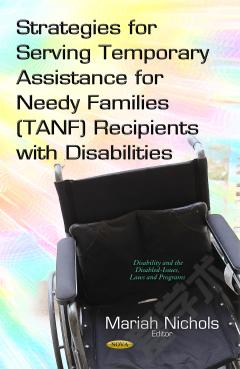
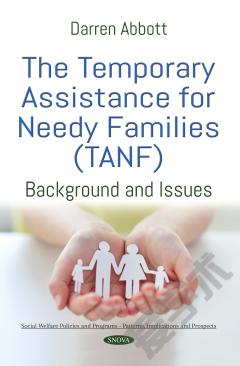
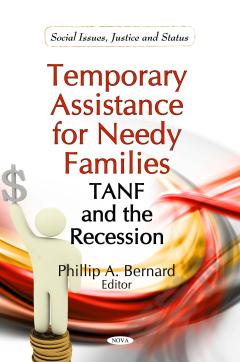
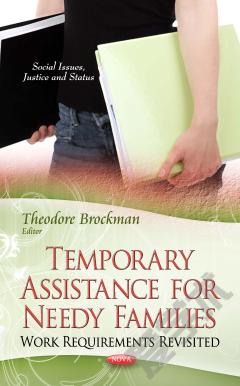

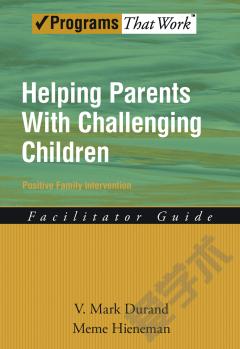
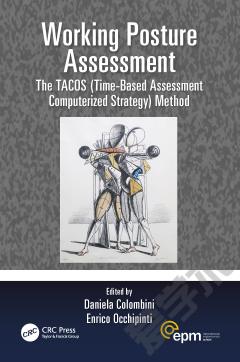

 京公网安备 11010802027623号
京公网安备 11010802027623号